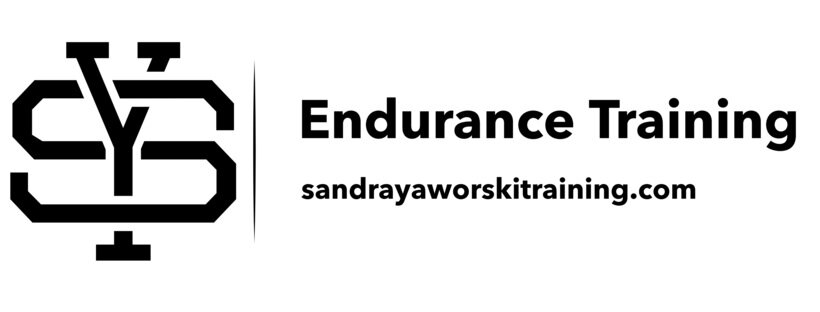Higher amounts of carbohydrates can put you at risk of having gastrointestinal issues if you are not use to taking in this much. If this is a problem, you may be able to train your gut to tolerate higher carbohydrate levels. If you are considering trying to push the higher limits, work on doing this during training and slowly overtime.
It is best to develop your own nutrition strategy using carbohydrate sources that are acceptable to you both from a taste, mouth feel and gastrointestinal tolerance perspective. Often carbohydrate sources are in the forms of sports drinks, gels or gummies/ candies. Some people choose more whole foods such as dried fruits, diluted fruit juice, honey or syrup. Whatever your choice is, it is important that you have tried these foods and drinks during training, and ideally in a training race, as intensity can play a role in your personal tolerance.
Fluids
In the days leading into the marathon, ensuring that you keep hydrated is important. If you choose to increase your carbohydrate intake in efforts to carbohydrate load, you will require additional fluid. The best way to monitor your hydration status is through the frequency and color of your urine. A pale straw coloured urine is a sign that you’re well hydrated, but if you take high doses of vitamins, your urine colour may not be a good indicator.
During the race, consume enough fluid to avoid losing more than 2% of your body weight, but do not try to equal your sweat losses. A fluid intake of between 400 to 800 ml per hour accommodates most athletes’ needs. Special considerations include the size and fitness of the athlete, as well as the environmental conditions. Overdrinking (or over-hydration) during endurance exercise is the main cause of hyponatremia (low blood sodium levels). People who are at the greatest risk for this are those who are smaller, or run a marathon in over 4 hours, therefore often women.
Sodium
Sodium intake during marathon events is recommended. The amount needed is highly variable and there is no general consensus. On average, sweat contains about 1 gram of sodium per litre, but this is also variable among individuals. Consuming 400 to 800 mg of sodium per hour of exercise is a reasonable range to aim for. If you are choosing to use sodium tablets during your race, be sure to try them out in a training race or intense long workout. Individuals that need higher sodium intakes include heavy sweaters or those who may not be acclimatized to hot racing environments.
Caffeine
The effect of caffeine is individualized. How a cup of coffee affects you prior to a race may be quite different than the effect it has on your training partner. If you are planning on including caffeine in your race routine make sure that you have tried it out in practice, and remember that caffeine may enhance any nervous jitters you may experience. Possible benefits of caffeine include increased fat oxidation and less reliance on glycogen stores during moderate to intense physical activity. In addition, caffeine can have other benefits such as improved alertness, mood and cognitive function. These are all important parts of a marathon, especially in the later stages. Research suggests that caffeine intake of about 2 to 3 mg per kilogram of body weight (or approximately 200 mg) before and/or during exercise can enhance performance.
Many sport nutrition products now include caffeine in varying amounts. If you are considering adding caffeine into you marathon routine, read the labels and do a bit of math to find the right amount for your plan. An example of how you may include it at the recommended doses includes a 8 to 12 ounce coffee about an hour before your race, and using caffeine containing gels during your race to provide between a total of 100 to 200 mg of caffeine over the course of your race.
Hot racing environments
Racing in hot environments puts additional stress on the body. It is suggested that the optimal marathon temperature is 5 to 10 oC and finishing times begin to increase by about 0.03% for every 1oC above this ideal range, with decreases in performances topping out between 12-17% at temperatures in the high 20oC range.
Nutrition related heat stressors include the body’s decreased ability to use fatty acids or the carbohydrate consumed during exercise. In addition, there’s an increased reliance on muscle glycogen. Keeping your body temperature down prior to and during the race will help relieve some of this metabolic stress. Nutrition strategies include sipping on cold drinks, or chewing on ice chips or freezies prior to the race. On the race course, look for opportunities to drink cold liquids, or consume ice or slushies. (Of note, freezie pops were unexpectedly handed out during the 2016 Boston marathon…a nice surprise for those struggling with slightly warmer conditions.)
Planning




